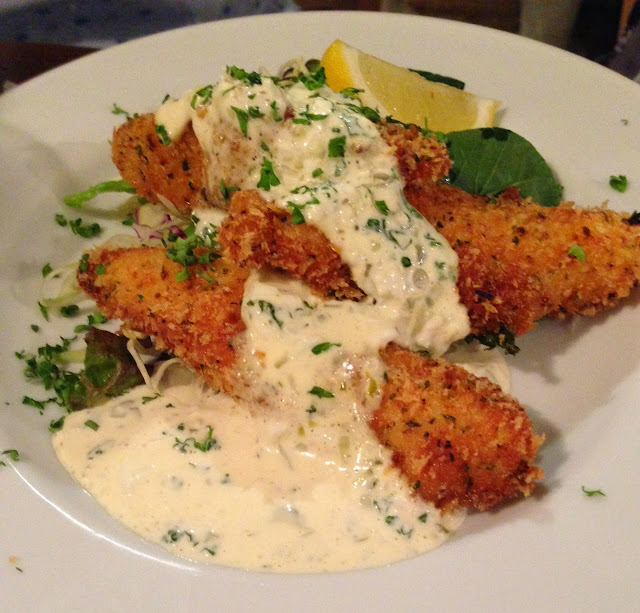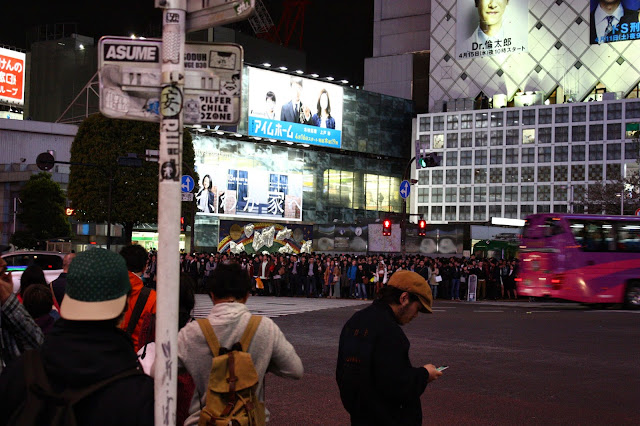In this dream world
We doze
And talk of dreams —
Dream, dream on,
As much as you wish
- Ryōkan (1758–1831), translated by John Stevens
It is never too late for a woman in her fifties to take on a magic carpet ride and explore the places she’s been longing to see. A decade ago, I began my journey and was allured by the charm of Southeast Asia. Then in 2015, my carpet danced to the music of the flowers of spring in East Asia. The sudden drop of temperature during my eleven-day visit to Japan caught me by surprise, but my flesh could not find any reason to whine. Full-bloomed cherry blossoms refreshed my soul. And as the days went by, I became a silent audience to the graceful falling of cherry blossom petals with every blow of cold breeze. To my imaginative eyes, the petals were ballerinas in pink and white tutus pirouetting as the air hummed some sweet Japanese melodies.
Magic Carpet

Monday, May 25, 2015
Bitter-sweet DUET
Sunday, May 24, 2015
Serenades of Nara and Kyoto
Tōdai-ji Temple, Nara
Lunch at Shizuka Restaurant in Nara City was a feast to remember. The main course was a flavorful serving of kamameshi or “pot meal”. It blended pretty well with the cozy ambiance inside and the drizzly weather outside. I noticed a number of tables with two or three Japanese women enjoying the food and soft conversations. I later learned that Japanese women, especially those in their fifties or older are fond of having small get-togethers at restaurants for lunch.











































